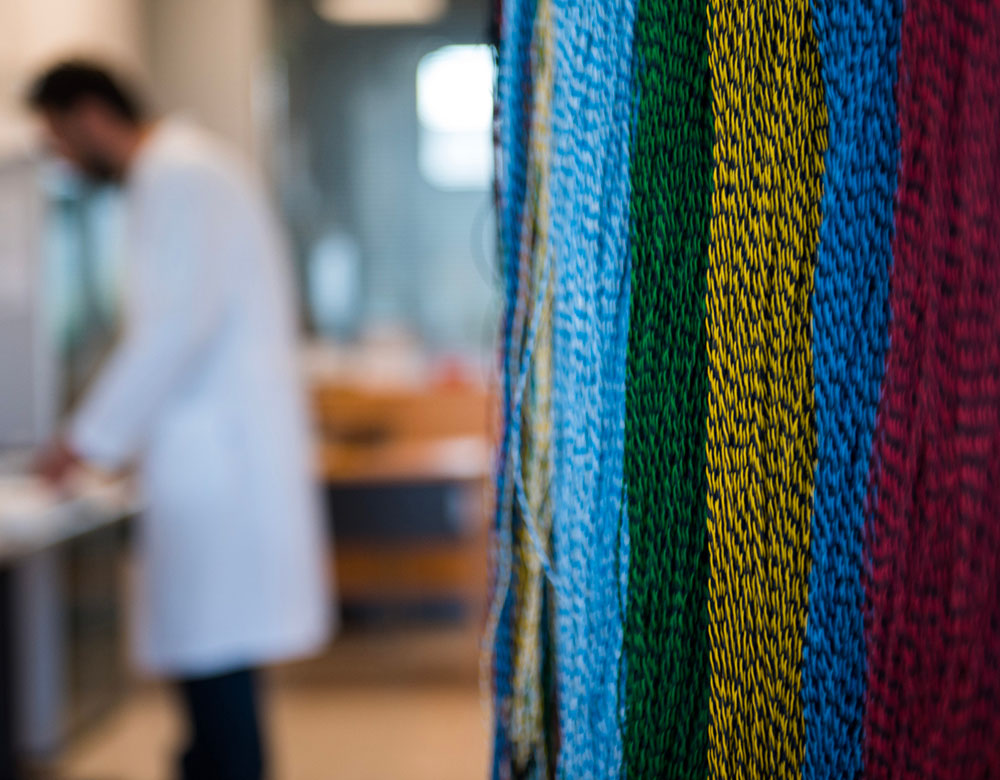Applications
We are a reference manufacturer for accessories and consumables for quality diagnostic investigations.

BIONEN manufactures high quality neurodiagnostic electrodes and accessories designed to cover all the needs of neurophysiological examinations, mainly the recording of muscle activity (EMG) and brain activity (EEG). The product portfolio also includes products for the registration of Evoked Potentials (EP), Polysomnography (PSG), Intraoperative Monitoring (IONM).

